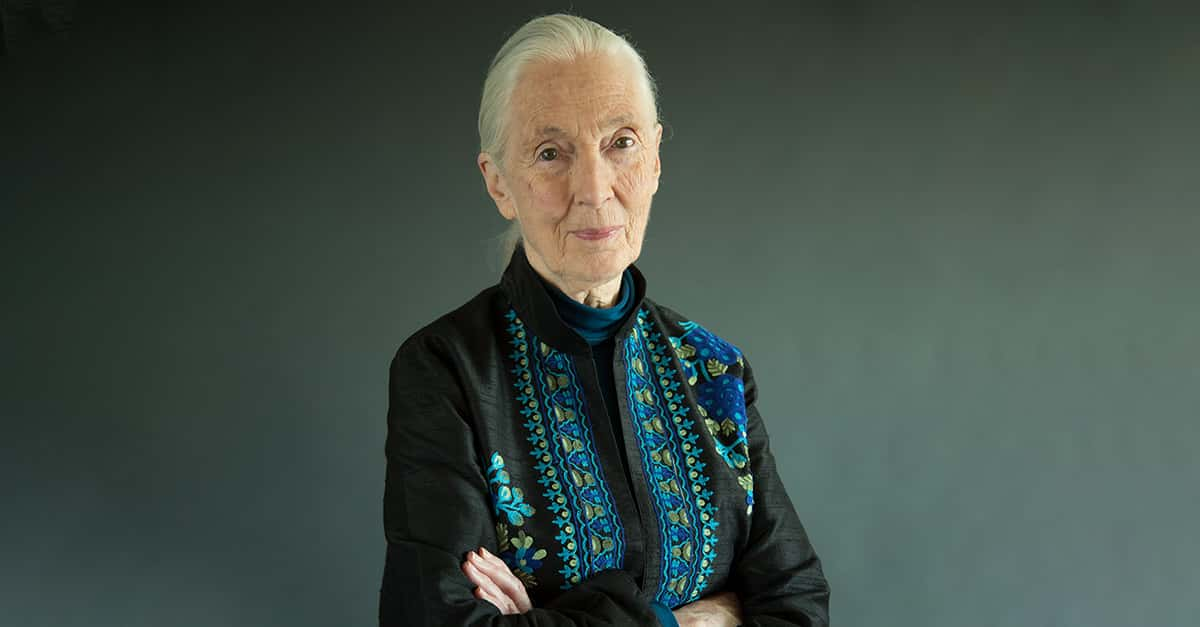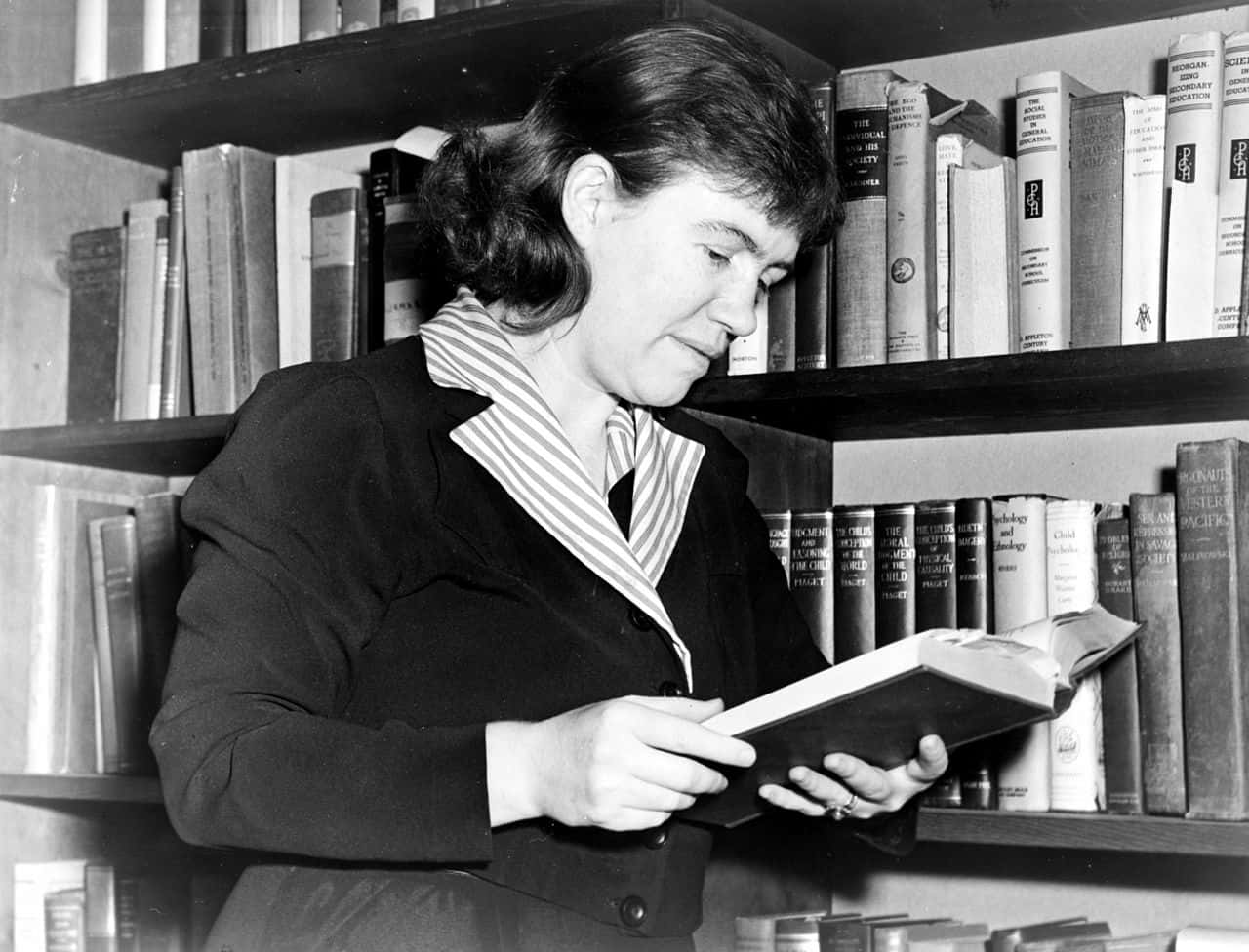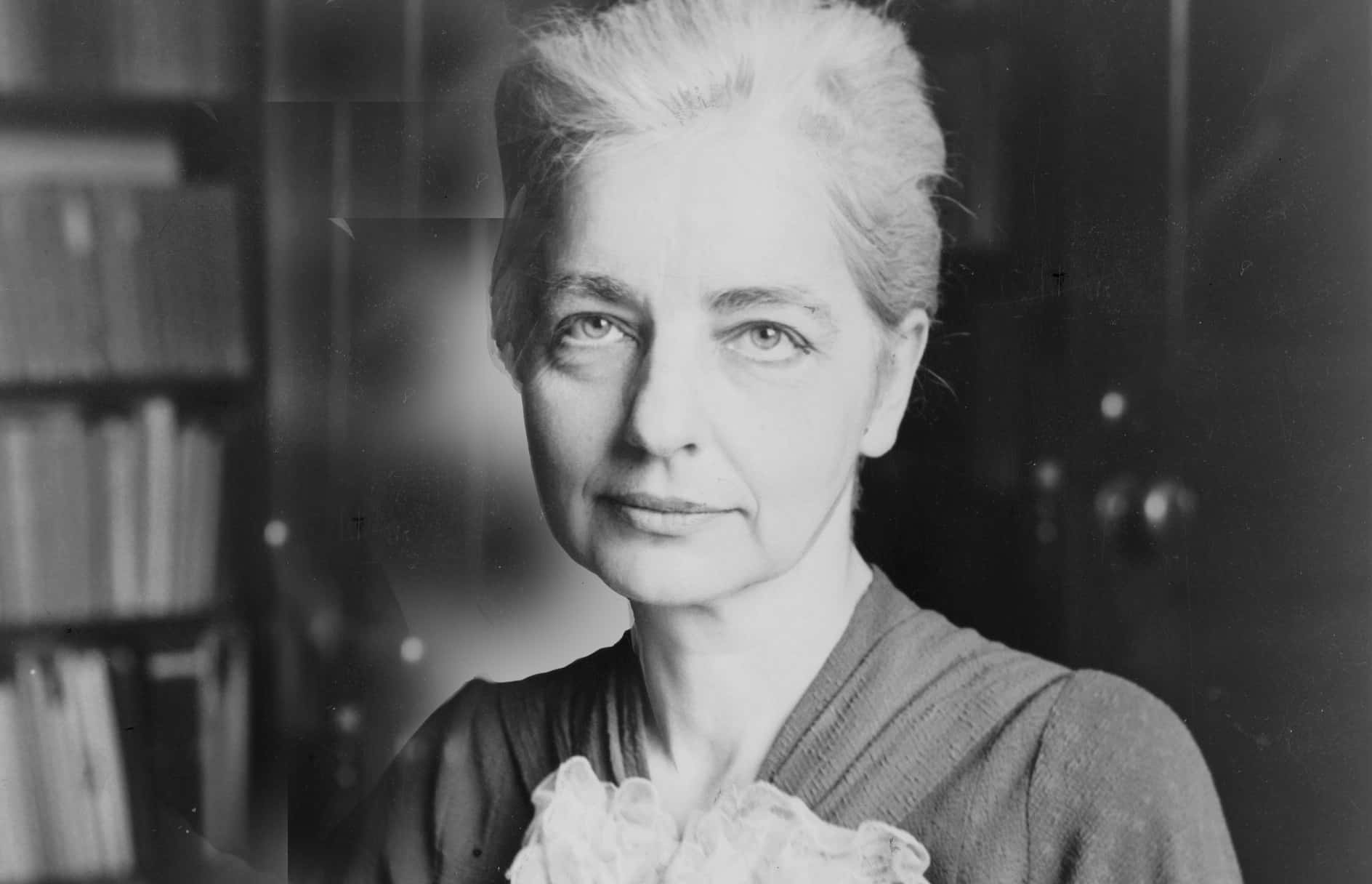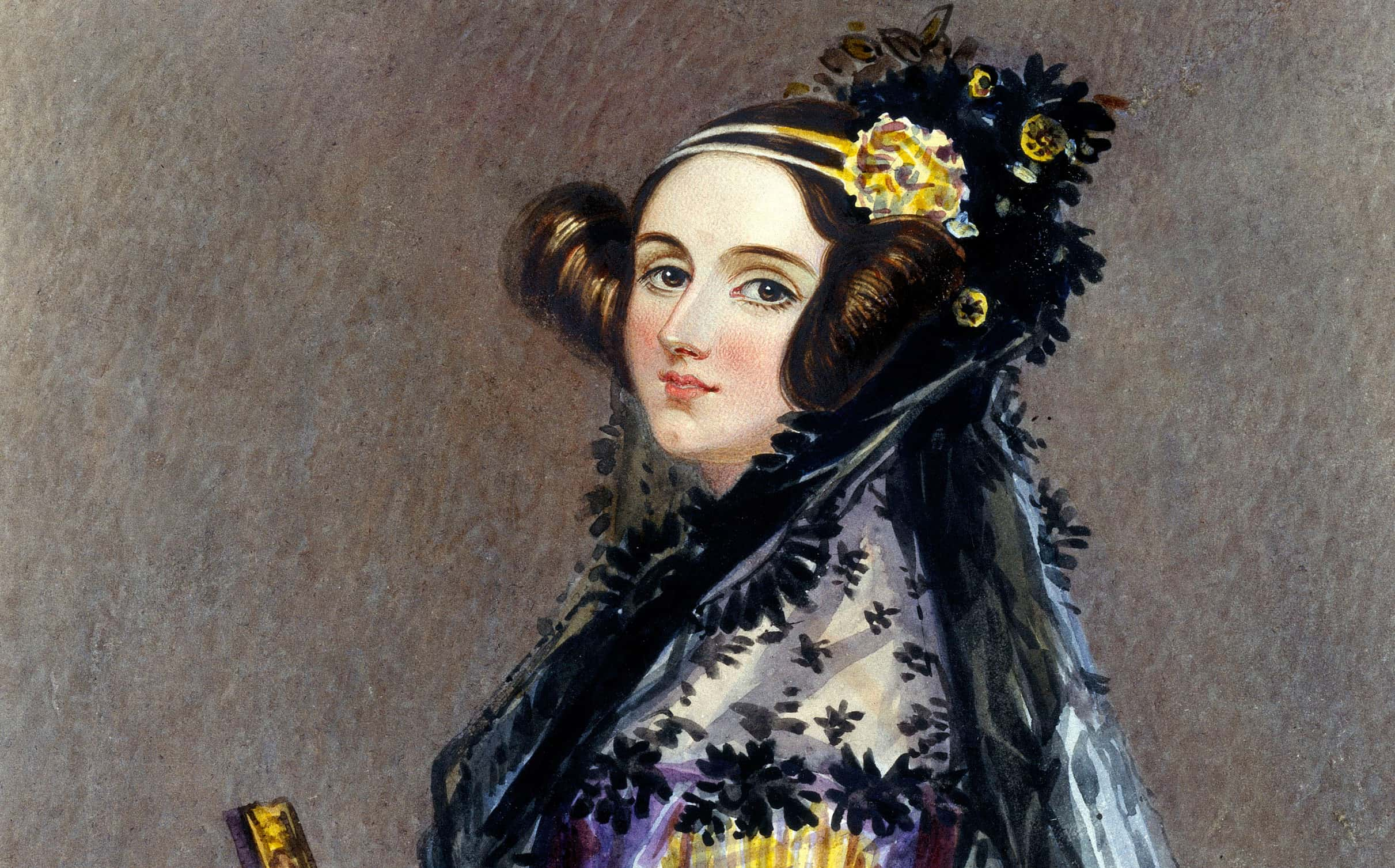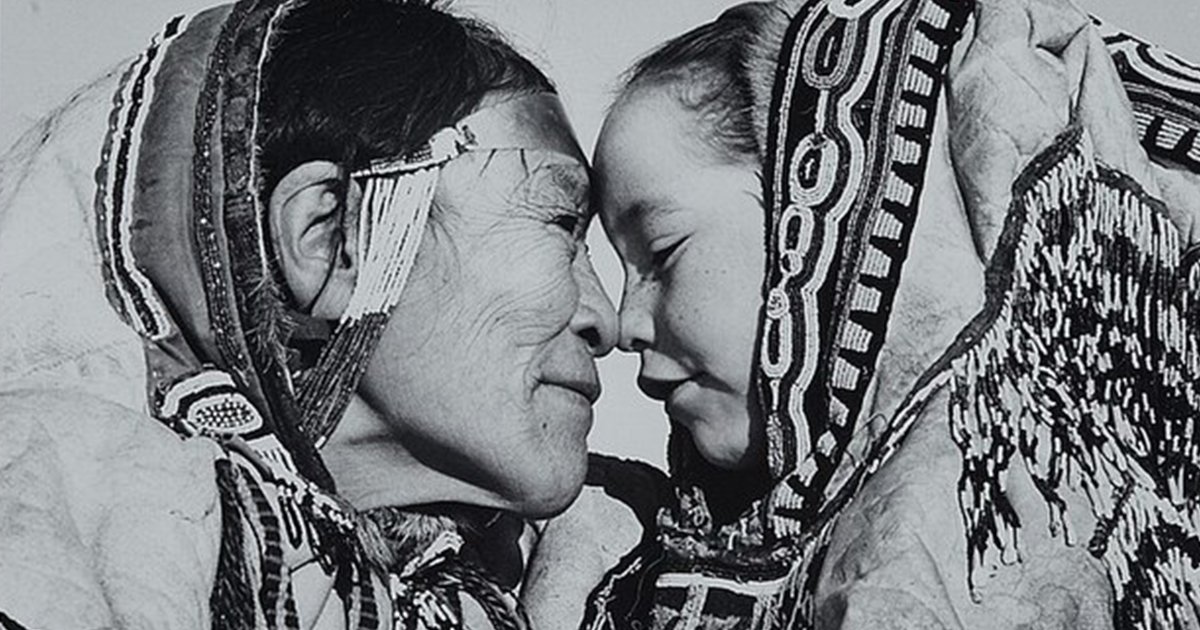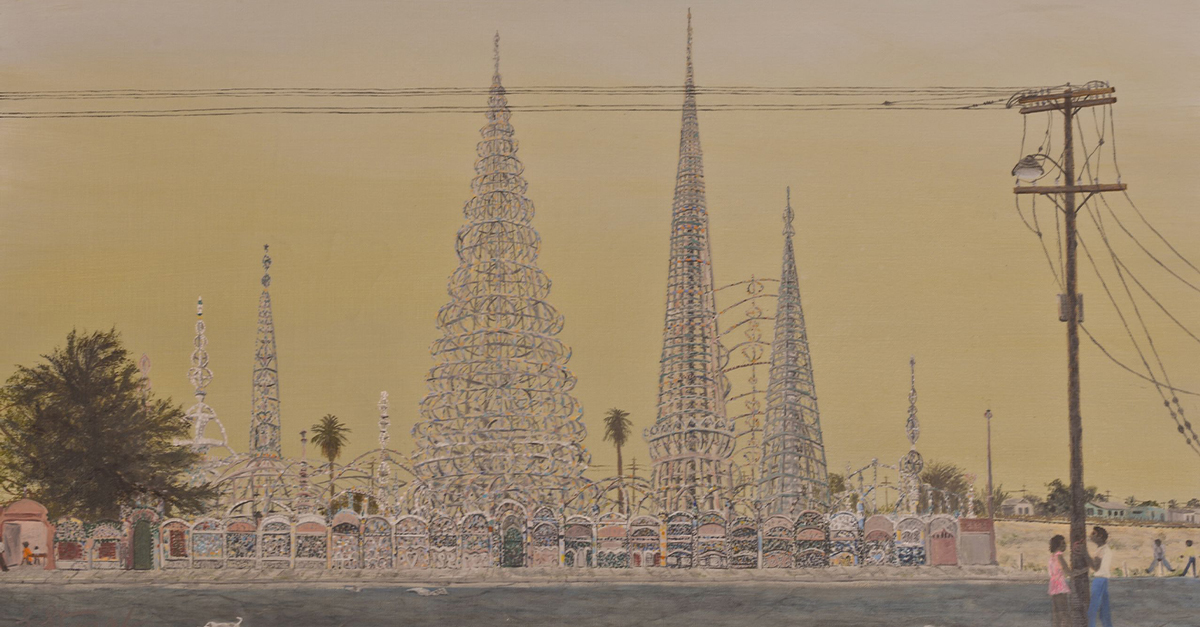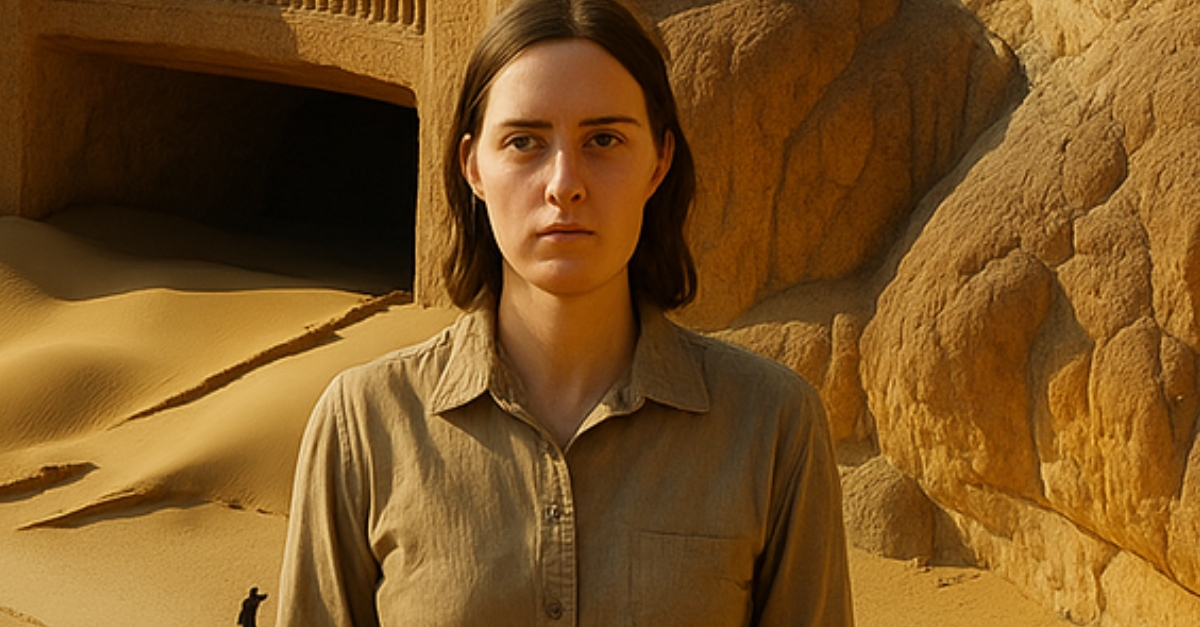The history of science is incredibly vast, and has been enhanced by the contributions of women. Often working in fields completely dominated by men, they have had to overcome obstacles their male counterparts did not: sexism and gender-based discrimination in lack of access to education or scientific machinery, lack of access to jobs, and lack of interest or credibility in their findings. Many times, the achievements of female scientists were discounted in their lifetime and their legacies have only been recognized posthumously.
Here are 40 female scientists who have had to face immense challenges, not solely based on their gender but at times also due to their race or orientation. Nevertheless, they persevered and left a significant and enduring imprint on the history of science!
40. Margaret Sanger
Margaret Sanger worked as a nurse around the turn of the century. She was a prolific writer, women’s health advocate, and political activist. She pioneered the term “birth control,” opened the first birth control clinic, and founded the American Birth Control League in 1921, which later became Planned Parenthood.

39. Patricia Bath
Patricia Bath is an American ophthalmologist, academic, and inventor. In 1981, she invented the Laserphaco probe, which uses lasers to remove cataracts. She patented the device in 1988, making her the first ever African-American woman to receive a patent for a medical purpose.
38. Marie Maynard Daly
Marie Maynard Daly was the first African-American woman to earn a PhD in Chemistry, awarded by Columbia University in 1947. Daly worked at the Albert Einstein College of Medicine and made important contributions to the science of hypertension and the human circulatory system. She was recognized by the National Technical Association as one of the Top 50 women in Science, Engineering and Technology in 1999.
37. Margaret Mead
Margaret Mead was an American anthropologist and psychologist who made groundbreaking advances in the fields of linguistics. Her work helped validate varying intimate behaviours in humans. She also served as President of the American Association for the Advancement of Science in the 1970s.
36. Mae Jemison
After graduating from medical school and serving in the Peace Corps, Mae Jemison was selected by NASA to join the astronaut corps, where she became the first African-American woman to travel to space on the space shuttle Endeavour in1992. She was also the first real-life astronaut to appear on Star Trek.
35. Nagwa Abdel Meguid
Dr. Meguid is an Egyptian geneticist who has contributed important research to the study of Autism, and has helped identify genetic causes for fragile X syndrome. In 2012, Dr. Meguid won the L’Oreal UNESCO Award for Women in Science for Africa and the Middle East.
34. Wangari Maathai
Environmentalist Wangari Maathai was a true trailblazer: she holds the distinction of being the first woman in Central or East Africa to hold a PhD, the first female head of a university department in Kenya, and to top it off, she was the first African woman to be awarded a Nobel Prize. In 1977, Maathai founded the Green Belt movement in Kenya, which has planted over 10 million trees.
33. Mary-Claire King
Mary-Claire King’s work as a geneticist has advanced the understanding of the role of genetics in diseases. She is known for demonstrating the similarity in DNA between humans and chimpanzees. In the 1980s, she utilized her genetics knowledge for a humanitarian purpose, aiding Argentinian children to reconnect with their families post-conflict by identifying their DNA.
32. Grace Hopper
Rear Admiral Grace Hopper was a Renaissance woman: she was both a decorated Navy admiral and one of the developers of the first computer. She also helped write the programming language COBOL in 1959.
31. Cleopatra the Alchemist
It might not be classified as science today, but Cleopatra the Alchemist was a foundational figure in the field of alchemy in the 3rd century. She was considered one of only four women who could produce the Philosopher’s Stone, and was highly regarded in an era that was highly unwelcoming to women in science.
30. Hypatia of Alexandria
Hypatia, born around 350-370 AD in Egypt, was a mathematician and inventor. She was also the head of the Neoplatonic school in Alexandria, and taught philosophy and astronomy. Though little is known about her life, Hypatia has served as an emblem of female advancement in the sciences.
 Agora (2009), Mod Producciones
Agora (2009), Mod Producciones
29. Shirley Ann Jackson
Shirley Ann Jackson was the first black woman to earn a doctorate from MIT, and only the second African-American woman to earn a PhD in physics anywhere. In 1995, Jackson was appointed as Chairman of the US Nuclear Regulatory Commission, becoming both the first African American and first woman to hold the position.
28. Flossie Wong-Staal
In 1985, Chinese-American immunologist and molecular biologist Flossie Wong-Staal and her colleagues were the first to clone HIV-1 and create a map of its genes, which led to a test for the virus. Over the course of her career, she has made many breakthroughs in HIV science. In 2002, Discover magazine named Wong-Staal one of the 50 Most Extraordinary Scientists.
27. Beatrice "Tilly" Shilling
Surely one of the most badass female scientists ever, Beatrice Shilling raced motorcycles in the 1930s. An aeronautical engineer by training, she invented “Miss Shilling’s orifice,” a small metal ring that helped prevent stalls in the carburetor of Rolls-Royce airplane engines, which were used in WWII fighter planes. This allowed pilots to steeply ascend without fear their engines would stall.
26. Chien-Shiung Wu
Before Chien-Shiung Wu’s research in 1957, it was thought that nature simply did not distinguish between left and right. Wu proved that in fact, some subatomic particles did distinguish directions. The Nobel Prize was awarded for this discovery—to her two male colleagues but not Wu.
25. Emmy Noether
Emmy Noether devised a principle, now known as Noether’s theorem, that became foundational to the field of quantum physics. Einstein based his calculations of the theory of relativity in part on this theorem; he later said of her accomplishments, "It is really through her that I have become competent in the subject".
24. Rosalind Franklin
Working in the 1950s, Rosalind Franklin’s photographs of crystallized DNA were the first to prove that DNA was a helix. Her work was expanded upon and used without her knowledge by James Watson and Francis Crick, who were awarded the Nobel Prize for this research in 1962. Regrettably, Franklin had succumbed to ovarian cancer by this time. She has been acknowledged for these breakthroughs after her passing.
23. Jane Goodall
Dr. Jane Goodall was only 26 when she ventured into what is now known as Gombe Stream National Park to conduct research on chimpanzees in 1960. Her work has continued worldwide since then, with Goodall serving as an ambassador and advocate for conservation and the protection of wild chimpanzees.
22. Katherine Johnson
If you’ve seen last year’s Hidden Figures, you’ll recognize the next two names on the list. Katherine Johnson worked as a mathematician at NASA, calculating launch trajectories and flight paths on Project Mercury. Her work was vital to the success of these missions. She received the Presidential Medal of Freedom for her achievements in 2015.
21. Mary Jackson
Mary Jackson, also one of the film’s “hidden figures,” was an engineer at the National Advisory Committee for Aeronautics, which became NASA in 1958. After 34 years at NASA, she held the highest engineering position available, but her legacy truly centers around her work to advance the hiring and promotion of women at NASA, as she managed the NASA Office of Equal Opportunity, the Affirmative Action program, and the Federal Women’s program.
20. Barbara McClintock
McClintock, a cytogeneticist, was awarded the Nobel Prize for Physiology or Medicine in 1983 for her work in genetics, making her the first woman to win that prize unshared. She helped develop the principle of transposition, demonstrating that in development, genes are responsible for turning characteristics on or off.
19. Florence Nightingale
Florence Nightingale is often primarily considered a humanitarian due to her dedication in caring for the injured during the Crimean conflict. However, Nightingale’s humanitarian efforts centred around science; her pioneering work to promote hygienic medical practices and sewage treatment resulted in more humane, sanitary, and healthy conditions for her patients. Nightingale became the first ever woman to be awarded the Order of Merit by the British Government in 1907, and the highest order of distinction for nurses, the Nightingale Medal, bears her name.
18. Ruth Benedict
Ruth Benedict was a pioneering anthropologist and folklorist. Her initiatives strongly advocated for cultural understanding and equality, publishing educational materials to guide Americans away from prejudiced beliefs. Her work highlighted that many such biases lacked scientific grounding.
17. Françoise Barré-Sinoussi
Françoise Barré-Sinoussi, a french biologist, helped identify the human immunodeficiency virus (HIV) as the cause of AIDS, for which she shared a Nobel Prize in 2008. She and her colleague discovered HIV in 1983, only two years after the HIV epidemic hit America in 1981.
16. Elizabeth Arden
Her name may be synonymous with beauty and frivolity, but Elizabeth Arden was not only the face of a cosmetics brand but the brains behind it as well. She built a beauty empire and was talented at marketing and business, and in her early career she formulated many of the products that she sold herself!
15. Virginia Apgar
Virginia Apgar devised and named the test that every person reading this has passed: the Apgar Newborn Scoring System, which functions as both an acronym and an eponym. The test revolutionized neonatal care by rating the health of infants immediately after birth and scoring them on five criteria: Appearance, Pulse, Grimace, Activity, and Respiration.
14. Dorothy Hodgkin
Born to two archaeologists, Dorothy Hodgkin was one of two girls allowed to study chemistry at her school. She put her education and interest to good use, going on to study at Oxford and then Cambridge, where she studied X-ray crystallography. She received the Nobel Prize in 1964 for her work using X-ray crystallography to determine the structure of insulin, vitamin B12, and penicillin. In 2010, the Royal Society issued stamps featuring some of the society’s members: out of 10, including Benjamin Franklin and Sir Isaac Newton; Hodgkin was the only woman featured.
13. Rachel Carson
The grandmother of the modern environmental movement, Rachel Carson’s groundbreaking book Silent Spring examined the environmental impact of chemicals used in manufacturing and pesticides. When her book was published in 1962, she was the target of smear campaigns by the companies who sold these chemicals, but her work has won wide acclaim and influence. In 2012, Silent Spring was recognized by the American Chemical Society as a National Historic Chemical Landmark.
12. Clara Barton
Clara Barton, who served as a nurse during the period of internal conflict in America, was self-taught since the field of nursing was not highly developed when she began her practice. In addition to innovating new nursing techniques, she contributed significantly to saving lives by setting up an organized method to disperse humanitarian aid, both during periods of intense conflict and following major natural disasters like earthquakes or storms. She founded the American Red Cross in 1873 to this end, establishing her legacy.
11. Maria Mitchell
Maria Mitchell was educated in astronomy by her father using his home telescope. In 1847, she discovered a comet, bringing her worldwide fame plus a gold medal prize from King Frederick VI of Denmark. She was the first American woman to work as a professional astronomer.
10. Sally Ride
Sally Ride became the first American woman to fly in space in 1983 and—as was later discovered—the first LGBT person to fly in space as well. Trained as a physicist, Ride was recruited to NASA in 1978 and flew on the Challenger orbiter twice. She was the only person to investigate both the Challenger and Columbia space shuttle disasters, and remains the youngest person to ever fly in space. After her passing, her partner Tam O’Shaughnessy confirmed their relationship.
9. Mary Anning
Mary Anning was still a curious 11-year-old when she discovered her first fossil. What her brother had dismissed as a crocodile turned out to be an Ichthyosaurus, an aquatic dinosaur. In her long career as a fossil hunter, she taught herself anatomy, geology, paleontology, and scientific illustration, and discovered hundreds of fossils from up to 200 million years ago.
8. Mary Leakey
Mary Leakey, a British paleoanthropologist, is credited with the discovery of an early human ancestor, an ape called Proconsul. Over the course of her career, she discovered numerous fossils and stone tools, and discovered 15 new species and new genus.
7. Maria Agnesi
Maria Agnesi would have received education only in religion, household management, and dressmaking were it not for her diligent mind and the interest of her father, who encouraged his daughter’s education in philosophy and science. Agnesi went on to the write the earliest surviving book on mathematics written by a woman. Her book, Instituzioni Analitiche, was published in 1748—almost 200 years before women would be able to vote in her native Italy!
6. Florence Bascom
Where most people saw only rocks, Florence Bascom saw possibility. She became one of the first women to earn a master’s degree and the second to earn an American PhD in the field. She went on to become the first woman hired by the United States Geological Survey.
 Flickr, Smithsonian Institution
Flickr, Smithsonian Institution
5. Ada Lovelace
Actually Augusta Ada King-Noel, Countess of Lovelace, Ada was the only legitimate child of poet George Gordon Byron, better known as Lord Byron. Her mother encouraged her scientific interests as a way to avoid inheriting her father’s insanity (which was presumed to be due to the influence of the arts). In 1843, she wrote a work known simply as Notes, which many regard as the first algorithm to be carried out by a machine—in short, the world’s first computer program!
4. Annie Easley
Annie Easley was an African-American computer scientist, mathematician, and rocket scientist for NASA. She was hired in 1955 as a “computer” at NASA (then NACA), and was one of only four African-Americans out of a cohort of 2,500. She was a leading team member for the development of the Centaur project.
3. Marie Curie
Marie Curie’s reputation is well-known: she discovered polonium and radium, was the first woman awarded a Nobel Prize, and was the only person to be awarded Nobel Prizes in two different sciences: she shared a Nobel for Physics in1903 with her husband Pierre and another colleague, and won a Nobel for Chemistry on her own in 1911.
2. Irene Joliot-Curie
The Curie family’s scientific discovery did not end with Pierre and Marie: Irene Joliot-Curie followed in her parents’ footsteps, collaborating with her husband in an investigation of radioactivity, which won them a Nobel Prize for Chemistry in 1935.
1. Hedy Lamarr
Better known as a screen siren, Hedy Lamarr stirred controversy when she appeared unclothed in the 1933 German film Ecstasy. Her looks overshadowed her mind for decades, but most people don't realize she was much more than a pretty face: in 1942, she and composer George Antheil developed a radio guidance system. The technology has since been used in everything from cellular phones to Wi-Fi, and Lamarr was inducted to the National Inventors Hall of Fame in 2014.
Beauty and brains
Sources: 1, 2, 3, 4, 5, 6, 7, 8, 9, 10, 11, 12, 13, 14, 15, 16, 17, 18, 19, 20, 21, 22, 23, 24, 25, 26, 27, 28, 29

